Home>Storage & Organization>Kitchen Organizing Tools>How To Fill The Litter Box
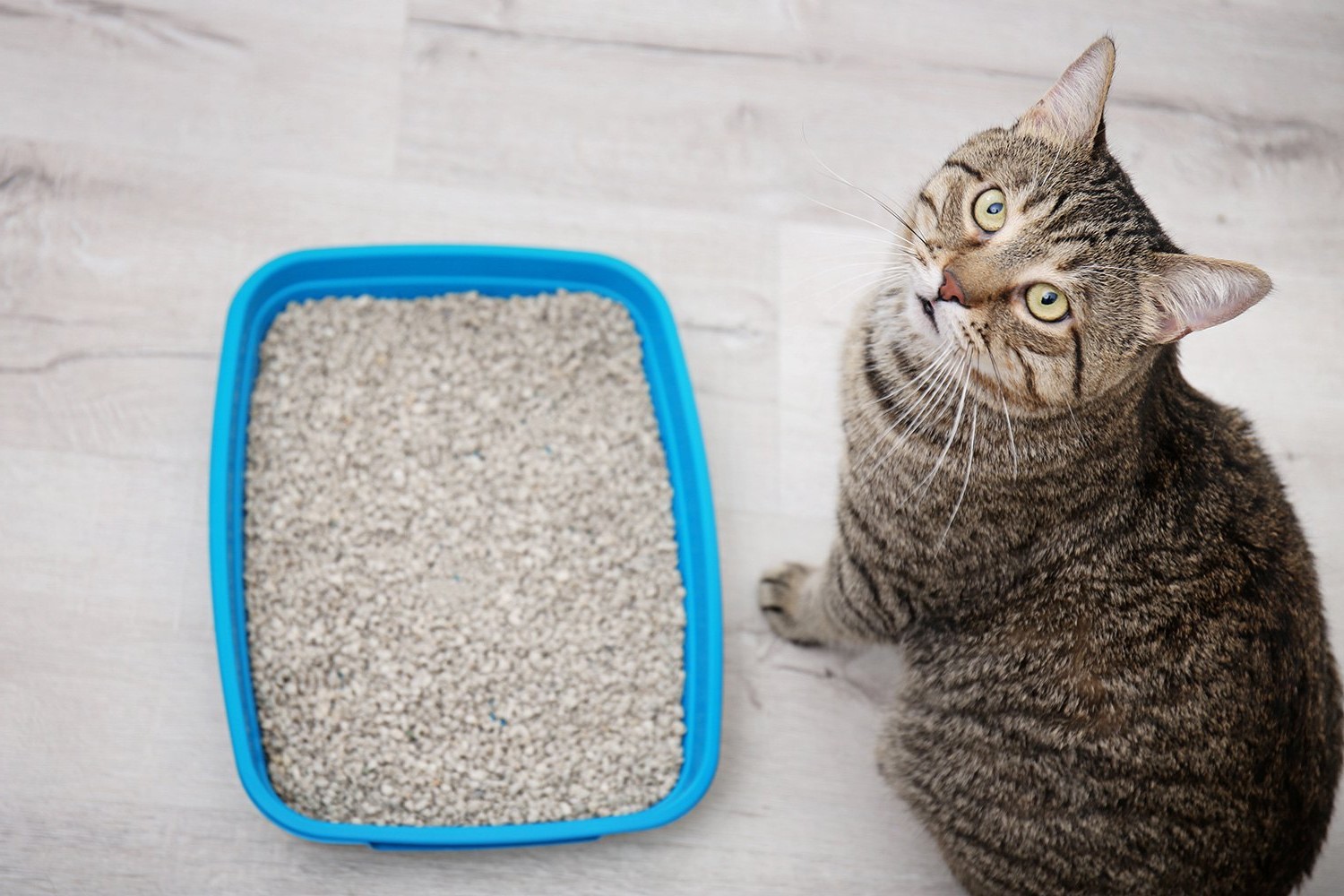

Kitchen Organizing Tools
How To Fill The Litter Box
Published: February 23, 2024
Discover the best kitchen organizing tools for a clutter-free space. Find out how to fill the litter box with ease and efficiency. Simplify your daily routines.
(Many of the links in this article redirect to a specific reviewed product. Your purchase of these products through affiliate links helps to generate commission for Storables.com, at no extra cost. Learn more)
Choosing the Right Litter
Selecting the right litter for your cat is crucial for ensuring a clean and comfortable environment. With a plethora of options available, it's essential to consider your cat's preferences, your budget, and the ease of maintenance. Here are some factors to keep in mind when choosing the perfect litter for your feline friend:
-
Clumping vs. Non-Clumping Litter: Clumping litter forms solid clumps when it comes into contact with moisture, making it easier to scoop out waste. On the other hand, non-clumping litter absorbs liquid but doesn't form firm clumps. While clumping litter is generally more convenient, non-clumping litter may be preferred for its odor control properties.
-
Material: Litter comes in various materials such as clay, silica gel, recycled paper, and natural materials like pine or wheat. Clay litter is popular for its affordability and clumping capabilities, while silica gel litter offers superior odor control. Recycled paper and natural litters are eco-friendly options that are gentle on your cat's paws.
-
Dust Level: Some litters produce more dust than others, which can be a concern for cats with respiratory issues or for households with young children. Opting for low-dust or dust-free litter can help minimize airborne particles and keep the area around the litter box cleaner.
-
Scented vs. Unscented: Scented litter is designed to mask odors, but some cats may find the fragrance overwhelming. Unscented litter, while lacking a fragrance, may be a better choice for cats with sensitive noses.
-
Cat Preferences: Cats have individual preferences when it comes to litter. Some may prefer fine-grained litter, while others may favor coarser textures. It may take some trial and error to determine the type of litter that your cat prefers.
-
Multi-Cat Household: If you have multiple cats, consider a litter that is suitable for households with multiple feline occupants. Some litters are specifically formulated to control odors in multi-cat environments.
By taking these factors into account, you can make an informed decision when selecting the right litter for your cat. Remember to monitor your cat's response to the new litter and make adjustments as needed to ensure their comfort and well-being.
Key Takeaways:
- Choose the right litter for your cat based on clumping, material, dust level, scent, and your cat’s preferences. Monitor their response and make adjustments for their comfort.
- Set up and maintain the litter box by considering location, size, depth, liners, and accessibility. Regular scooping, cleaning, and litter replacement are essential for a hygienic environment.
Read more: How To Keep Litter In A Litter Box
Setting Up the Litter Box
Setting up the litter box is a crucial step in creating a comfortable and inviting space for your cat to attend to their natural needs. By paying attention to the details of the setup, you can ensure that your feline friend feels at ease and is more likely to consistently use the litter box. Here's how to set up the litter box for optimal functionality and appeal:
-
Location: Choose a quiet and easily accessible location for the litter box. Cats appreciate privacy when using the litter box, so select a spot that is away from high-traffic areas and loud appliances. Additionally, ensure that the location is easily reachable for your cat, especially if they are older or have mobility issues.
-
Size and Type: The size of the litter box matters. It should be large enough for your cat to comfortably move around and dig. If you have a kitten, consider a box with low sides for easy entry. Additionally, some cats prefer open-top litter boxes, while others may feel more secure in covered boxes. It's essential to observe your cat's behavior to determine their preference.
-
Litter Depth: The ideal litter depth is around 2-3 inches. This provides enough material for your cat to bury their waste without creating a mess. However, some cats have specific preferences, so you may need to adjust the depth based on your cat's behavior.
-
Litter Box Liners: Consider using liners to simplify the cleaning process. Liners can make it easier to remove used litter and maintain the cleanliness of the box. However, not all cats appreciate liners, so monitor your cat's response and make adjustments accordingly.
-
Placement of Multiple Boxes: In households with multiple cats, it's essential to provide enough litter boxes to prevent territorial issues. The general rule is to have one litter box per cat, plus an extra box. Distribute the boxes in different areas of the house to offer options and prevent overcrowding in a single location.
-
Accessibility: For senior cats or kittens, it's important to ensure that the litter box is easily accessible. This may involve providing a ramp or choosing a box with lower sides to accommodate their needs.
By paying attention to these details when setting up the litter box, you can create an inviting and functional space for your cat. This thoughtful approach can contribute to a positive litter box experience for your feline companion, promoting consistent and appropriate litter box usage.
Maintaining the Litter Box
Maintaining the litter box is essential for promoting a hygienic environment and ensuring that your cat feels comfortable using it. Regular maintenance not only prevents odors and mess but also contributes to your cat's overall well-being. Here's a comprehensive guide to effectively maintain the litter box:
Scooping and Cleaning
Regular scooping is the cornerstone of litter box maintenance. Aim to scoop the litter box at least once a day, removing solid waste and clumps. This not only keeps the box clean but also encourages your cat to continue using it. Additionally, consider a deep clean of the litter box on a regular basis. Empty the entire box, wash it with mild soap, and refill it with fresh litter. This thorough cleaning helps eliminate lingering odors and bacteria, providing a fresh start for your cat.
Litter Replacement
Over time, litter can become saturated with odors and lose its ability to absorb moisture effectively. It's advisable to replace the entire litter in the box every 2-4 weeks, depending on the type of litter and the number of cats using it. Regular replacement ensures that the litter remains hygienic and odor-free, contributing to a more pleasant experience for your cat.
Read more: How Deep Should Litter Be In A Litter Box
Monitoring Litter Level
Keep an eye on the level of litter in the box and replenish it as needed. Maintaining the recommended depth of 2-3 inches ensures that your cat has enough material to bury waste without creating a mess outside the box. Additionally, some cats have specific preferences for litter depth, so observing their behavior can help you adjust the level to their liking.
Addressing Accidents
In the event of accidents outside the litter box, it's crucial to clean the affected area promptly. Use an enzymatic cleaner specifically designed for pet messes to thoroughly remove odors and discourage repeat incidents. Addressing accidents promptly helps maintain a clean and odor-free environment, reinforcing your cat's litter box habits.
Box Inspection
Regularly inspect the litter box for signs of wear and tear. Check for cracks, scratches, or any damage that may compromise its functionality or hygiene. If using a covered litter box, ensure that the door or flap is functioning correctly and not causing any inconvenience to your cat. Addressing any issues promptly ensures that the litter box remains a comfortable and inviting space for your feline companion.
By following these maintenance practices, you can uphold a clean and inviting litter box environment for your cat, promoting their well-being and consistent litter box usage. Regular maintenance not only benefits your cat but also contributes to a harmonious living environment for both you and your feline friend.
Dealing with Odors
Maintaining a fresh and odor-free environment around the litter box is essential for both you and your cat. Dealing with odors effectively not only enhances the overall ambiance of your home but also plays a significant role in encouraging your cat to consistently use the litter box. Here are some practical strategies to tackle odors emanating from the litter box:
Read more: How Much Litter To Put In A Litter Box
High-Quality Litter
Investing in high-quality litter can significantly mitigate unpleasant odors. Opt for a litter specifically formulated for odor control, such as those containing activated charcoal or baking soda. These additives work to neutralize odors, keeping the area around the litter box fresher for longer periods.
Regular Scooping
Frequent scooping not only maintains cleanliness but also helps combat odors. Removing solid waste and clumps promptly prevents the buildup of odor-causing bacteria. Aim to scoop the litter box at least once a day, ensuring that your cat has a pristine space for their toileting needs.
Baking Soda
Sprinkling a thin layer of baking soda at the bottom of the litter box before adding fresh litter can help absorb odors. Baking soda is known for its natural deodorizing properties and can be an effective, budget-friendly solution for controlling odors in the litter box.
Air Purification
Placing an air purifier near the litter box can help eliminate airborne odors. Look for an air purifier equipped with a HEPA filter, which can capture and neutralize odor particles, contributing to a fresher and more pleasant environment.
Read more: How To Fill Planter Boxes
Litter Box Deodorizers
Consider using litter box deodorizing products designed to neutralize odors. These products come in various forms, including sprays, powders, and granules, and can be applied directly to the litter to combat odors effectively.
Ventilation
Ensuring proper ventilation in the area where the litter box is located can help prevent odors from becoming concentrated. Opening a window or using a fan can promote air circulation, reducing the likelihood of lingering odors.
By implementing these strategies, you can effectively manage and minimize odors emanating from the litter box, creating a more pleasant environment for both you and your cat. Consistent odor control not only contributes to a harmonious living space but also supports your cat's comfort and well-being.
Training Your Cat to Use the Litter Box
Introducing a cat to the concept of using a litter box is a fundamental aspect of responsible pet ownership. Whether you have a new kitten or an adult cat, proper litter box training sets the stage for a hygienic and harmonious living environment. Here's a comprehensive guide to effectively train your cat to use the litter box:
Introduction to the Litter Box
When bringing a new cat into your home, it's essential to introduce them to the litter box early on. Place the litter box in a quiet and accessible location, allowing your cat to familiarize themselves with its presence. Encourage exploration by gently placing your cat in the litter box, allowing them to investigate the texture of the litter.
Read more: How To Move A Litter Box
Positive Reinforcement
As your cat begins to use the litter box, offer verbal praise and gentle petting to reinforce this desirable behavior. Positive reinforcement creates a positive association with the litter box, encouraging your cat to continue using it. Additionally, consider offering small treats as a reward immediately after your cat uses the litter box, further reinforcing the desired behavior.
Monitoring and Encouragement
During the initial stages of litter box training, closely monitor your cat's behavior and promptly guide them to the litter box if they show signs of needing to eliminate. This proactive approach helps establish the litter box as the designated toileting area. If your cat begins to dig or show signs of preparing to eliminate outside the box, gently redirect them to the litter box.
Consistency and Patience
Consistency is key when training your cat to use the litter box. Ensure that the litter box is kept clean and accessible at all times, providing a consistent and inviting space for your cat to fulfill their toileting needs. Be patient and understanding, as some cats may require more time to acclimate to the litter box, especially if they have been previously using a different type of litter.
Addressing Accidents
In the event of accidents outside the litter box, avoid scolding or punishing your cat. Instead, clean the affected area thoroughly with an enzymatic cleaner to eliminate odors and discourage repeat incidents. Addressing accidents with patience and understanding helps maintain a positive environment for your cat, reinforcing the importance of using the litter box.
Read more: How To Dispose Of A Litter Box
Seeking Veterinary Guidance
If your cat consistently avoids using the litter box or displays unusual toileting behaviors, consult with a veterinarian to rule out any underlying medical issues. In some cases, aversion to the litter box may be linked to health concerns, and addressing these issues is crucial for successful litter box training.
By following these training techniques and maintaining a patient and positive approach, you can effectively train your cat to use the litter box, promoting a clean and harmonious living environment for both you and your feline companion.
Frequently Asked Questions about How To Fill The Litter Box
Was this page helpful?
At Storables.com, we guarantee accurate and reliable information. Our content, validated by Expert Board Contributors, is crafted following stringent Editorial Policies. We're committed to providing you with well-researched, expert-backed insights for all your informational needs.
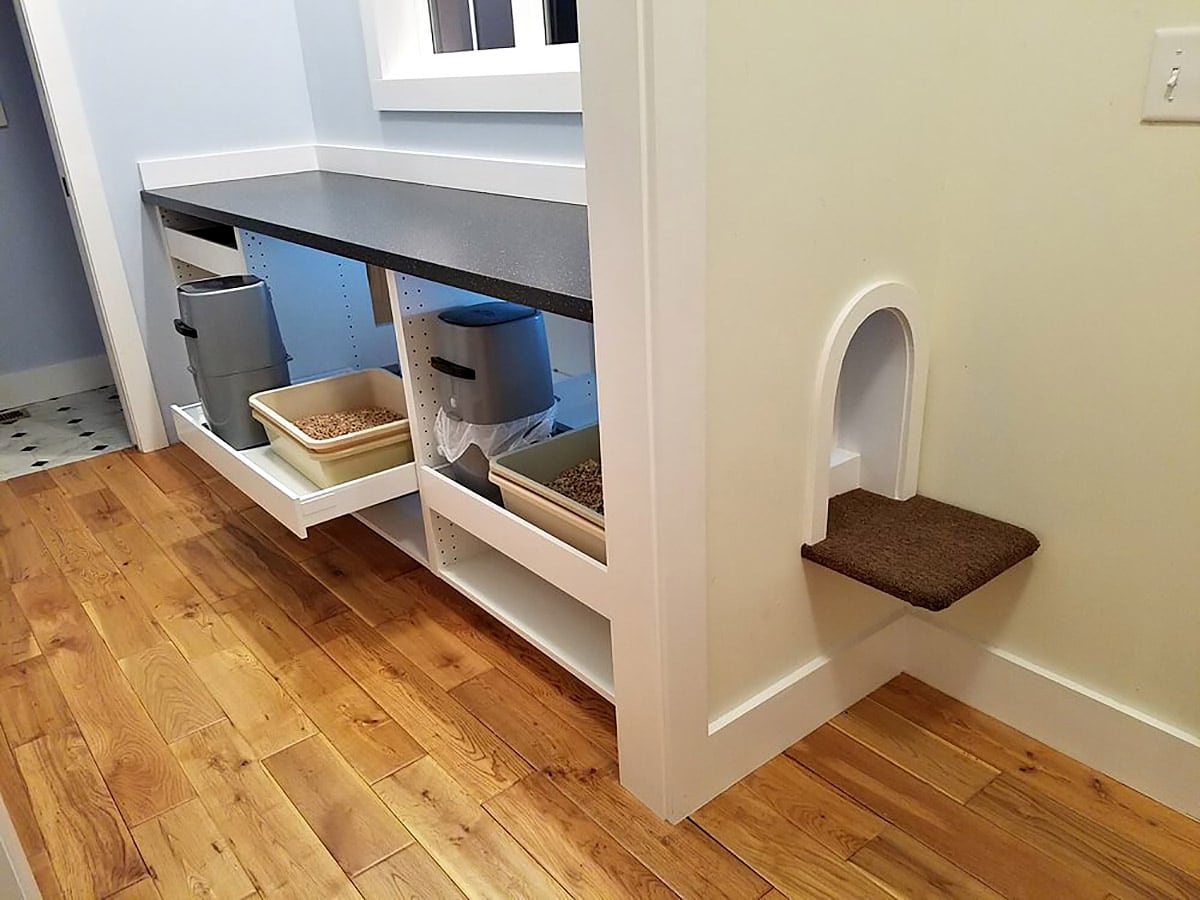
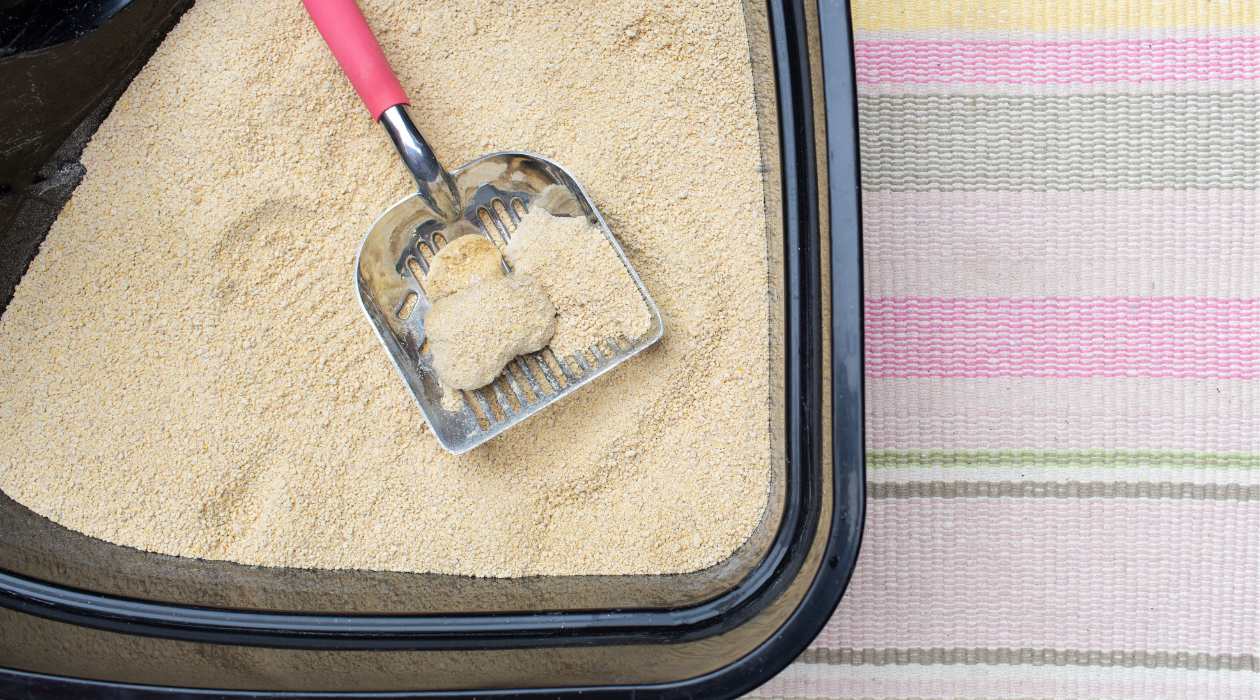
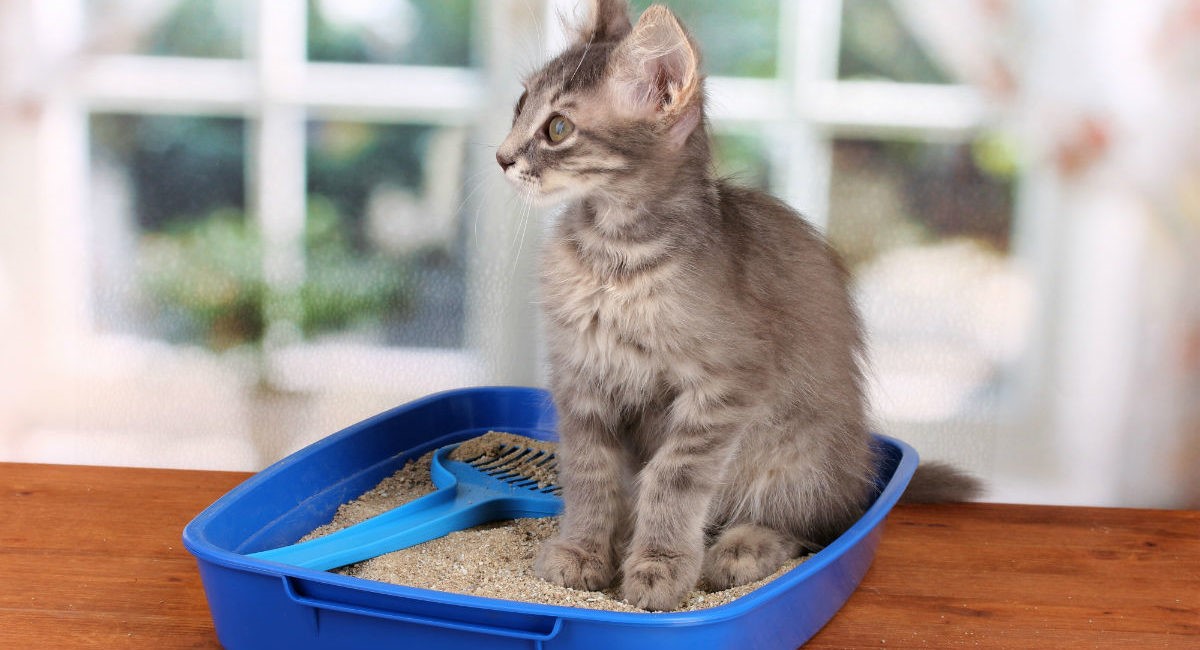
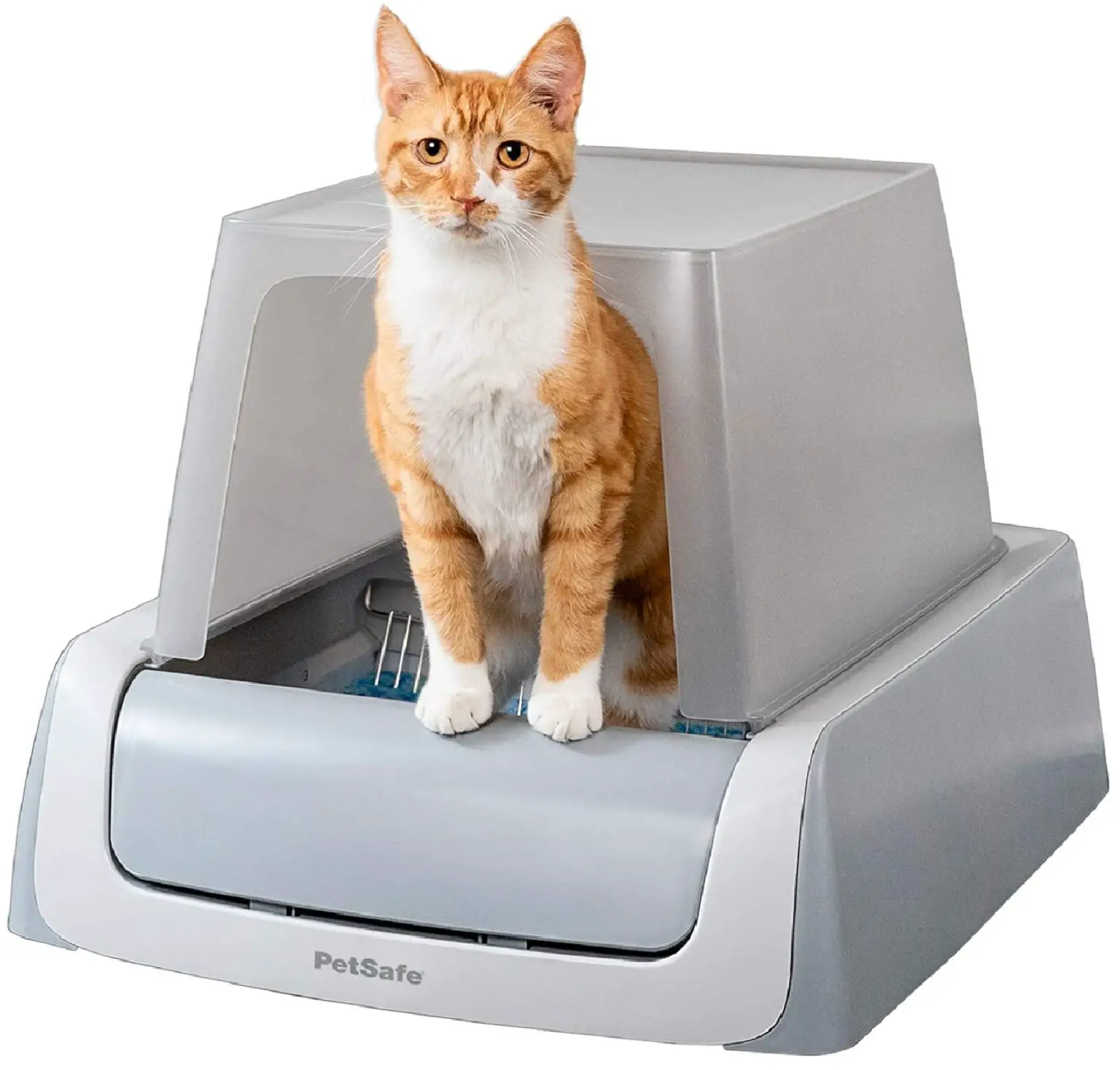
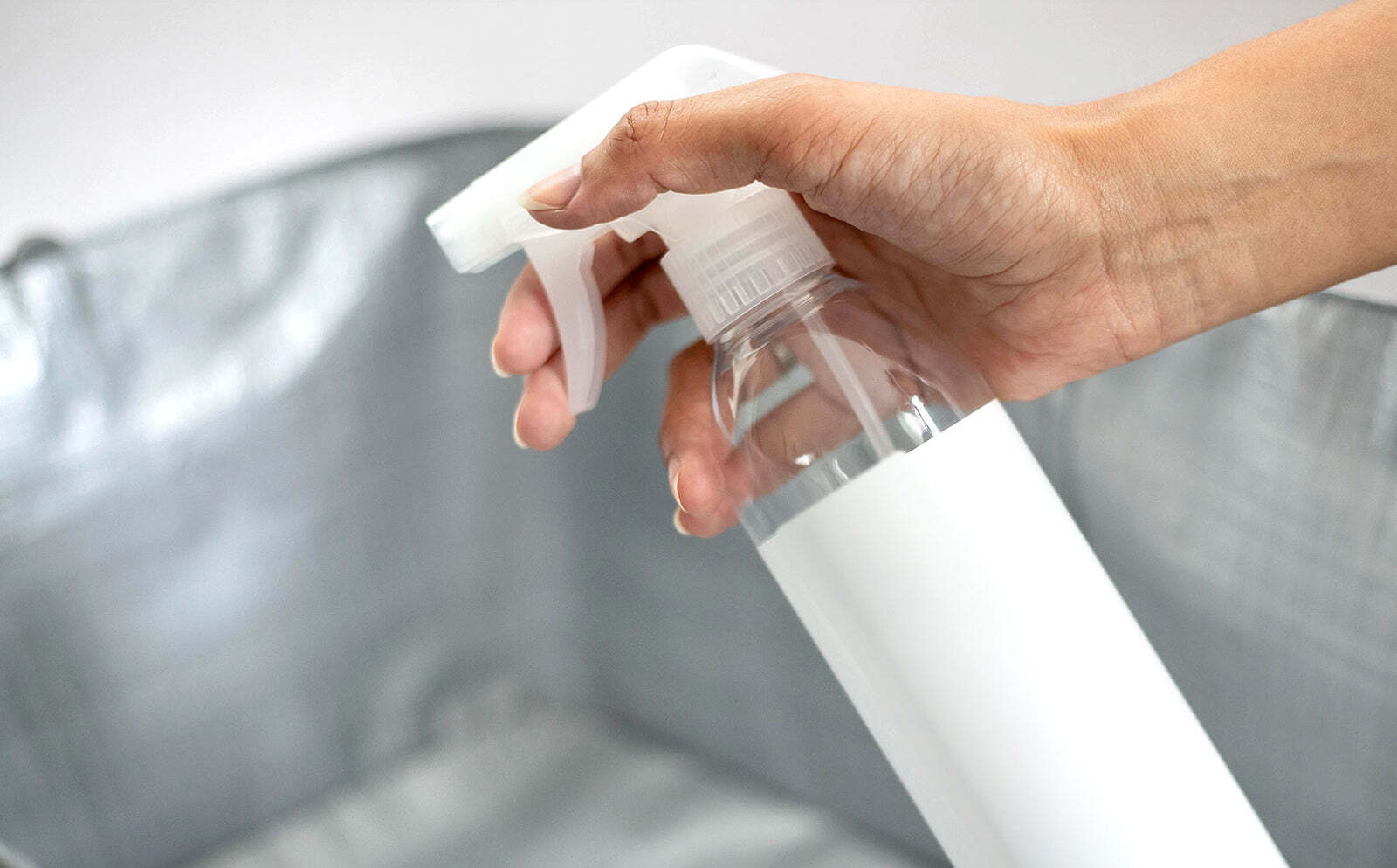
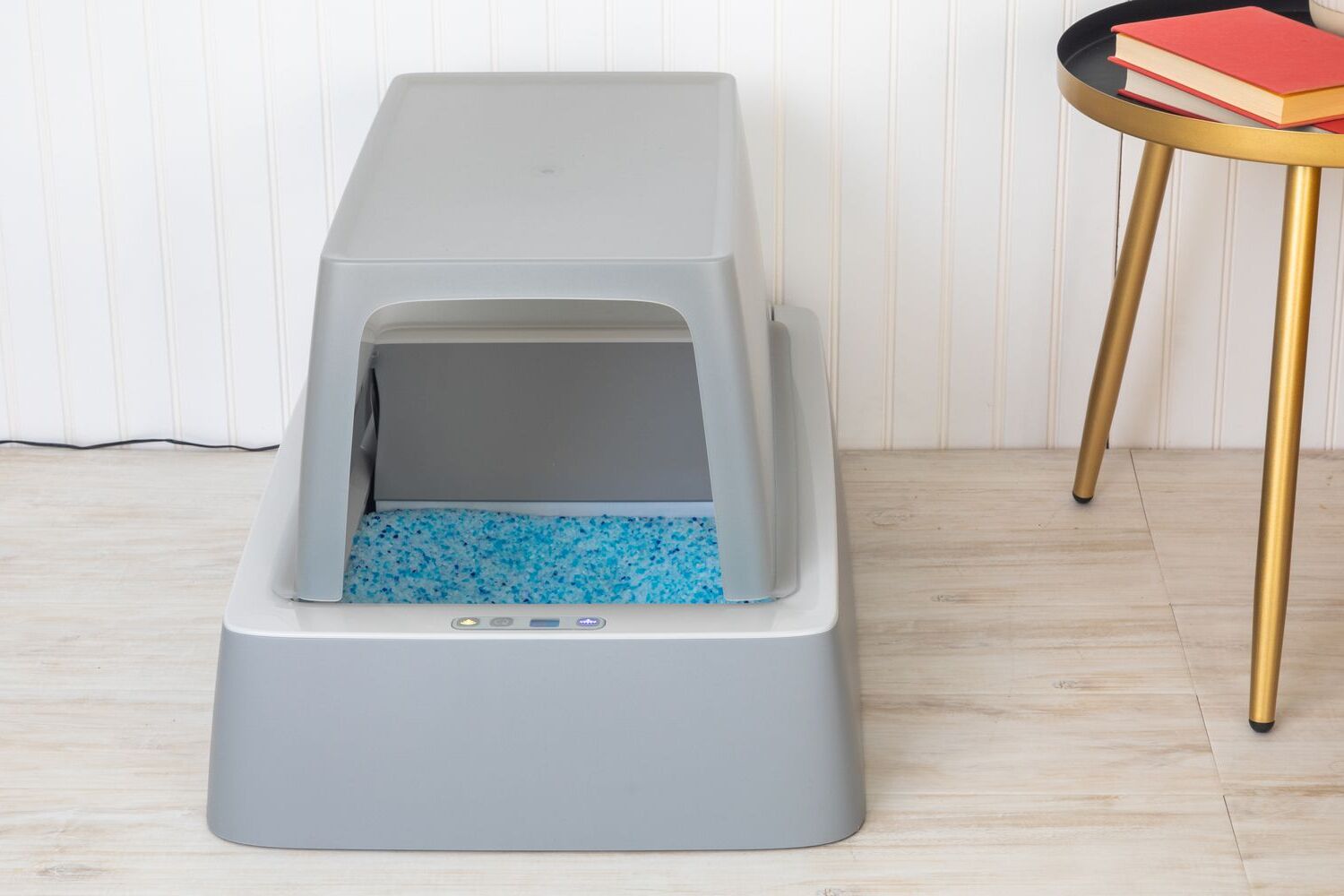
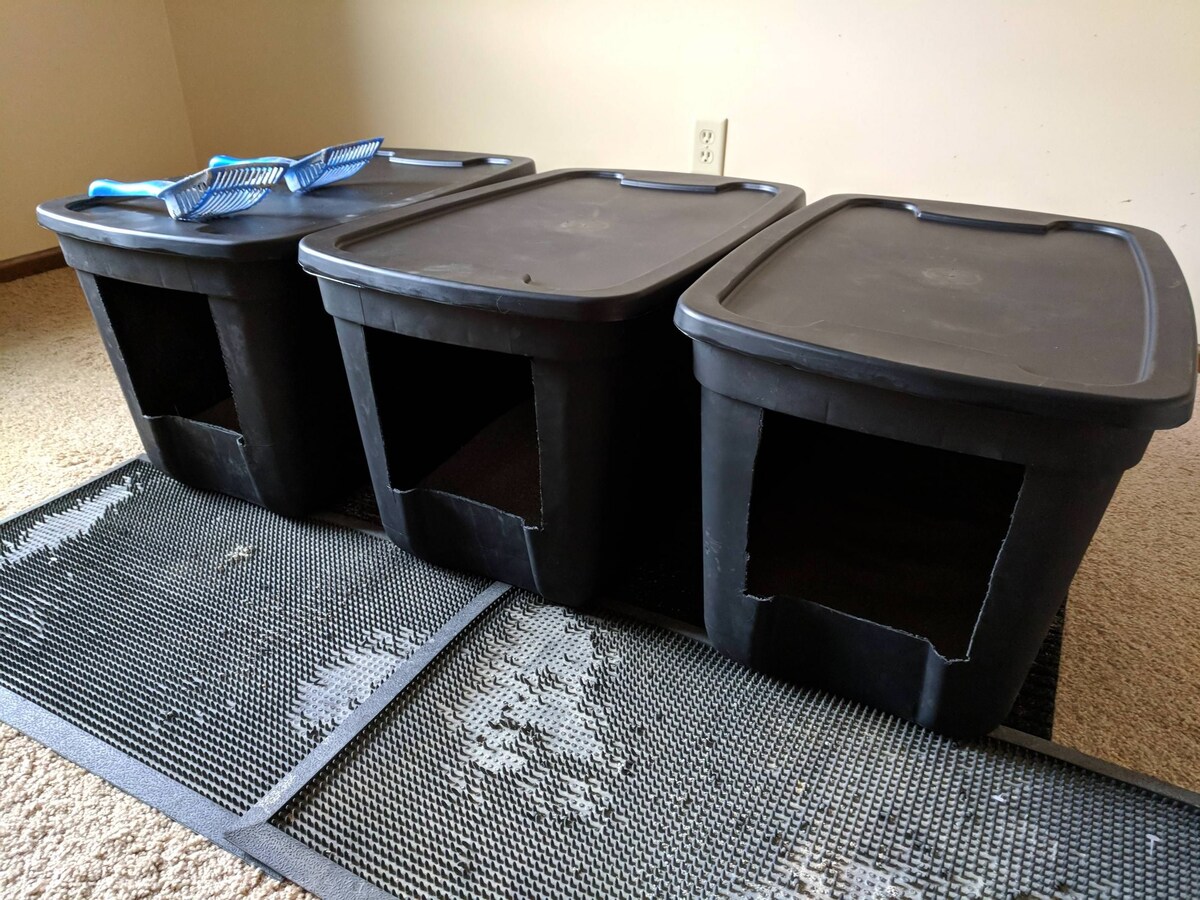
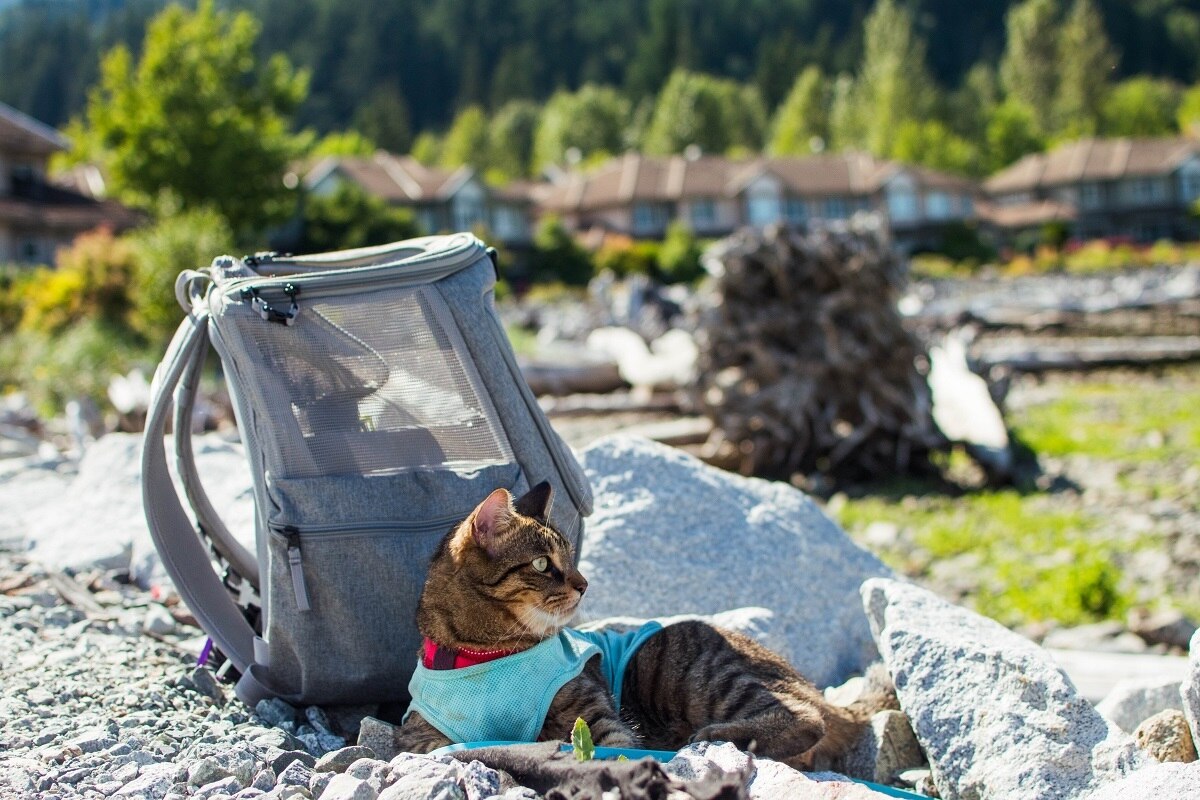
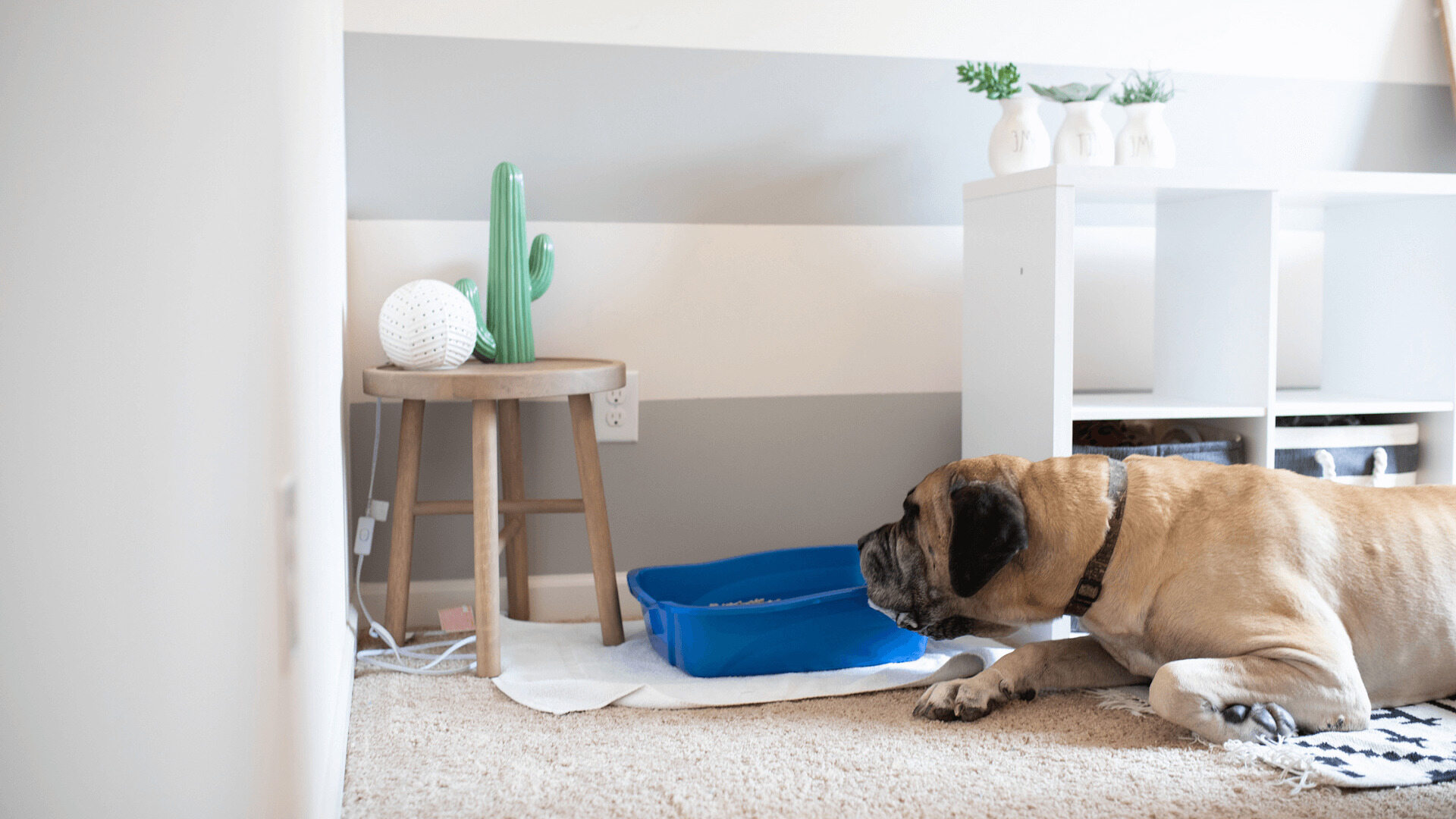
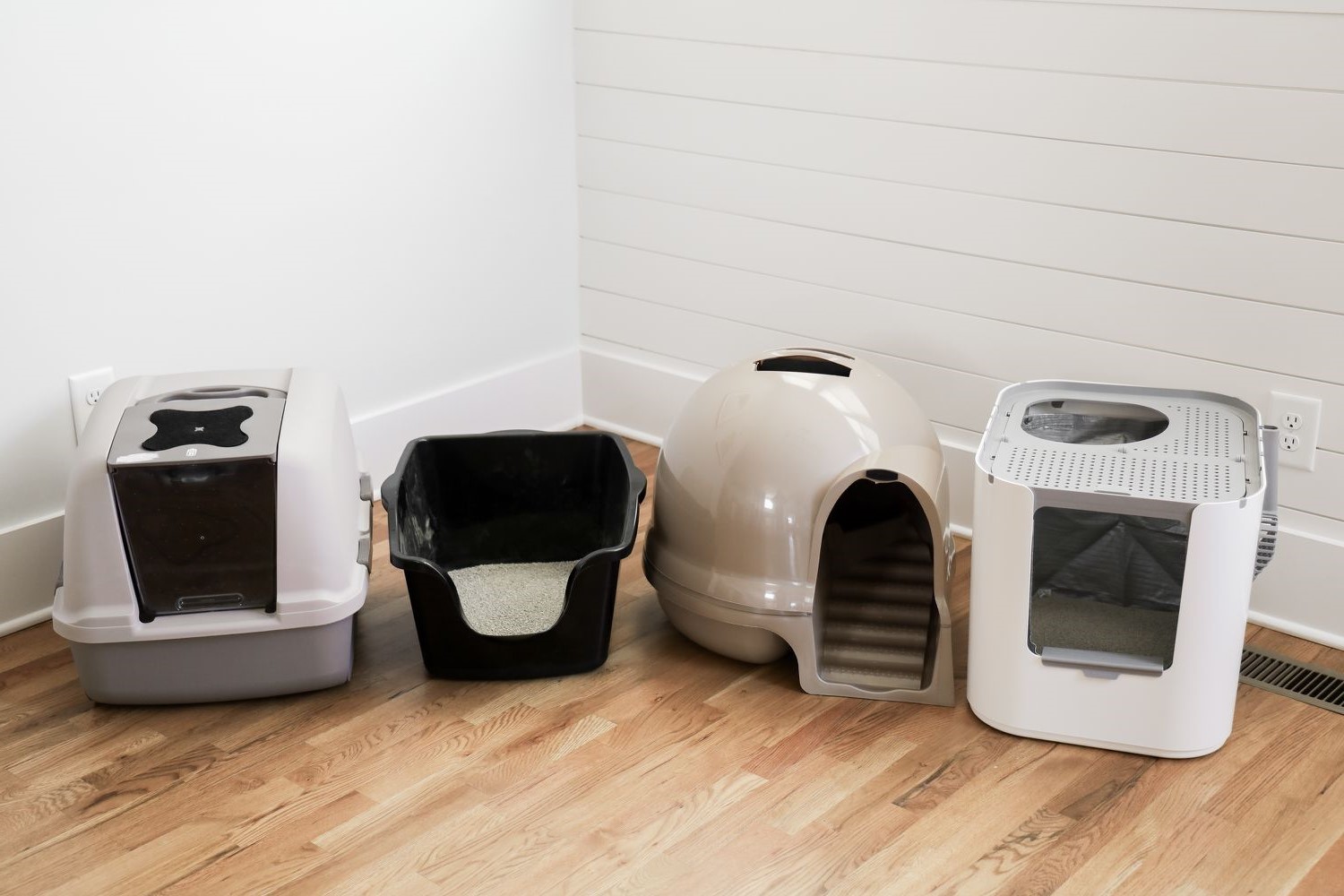

0 thoughts on “How To Fill The Litter Box”